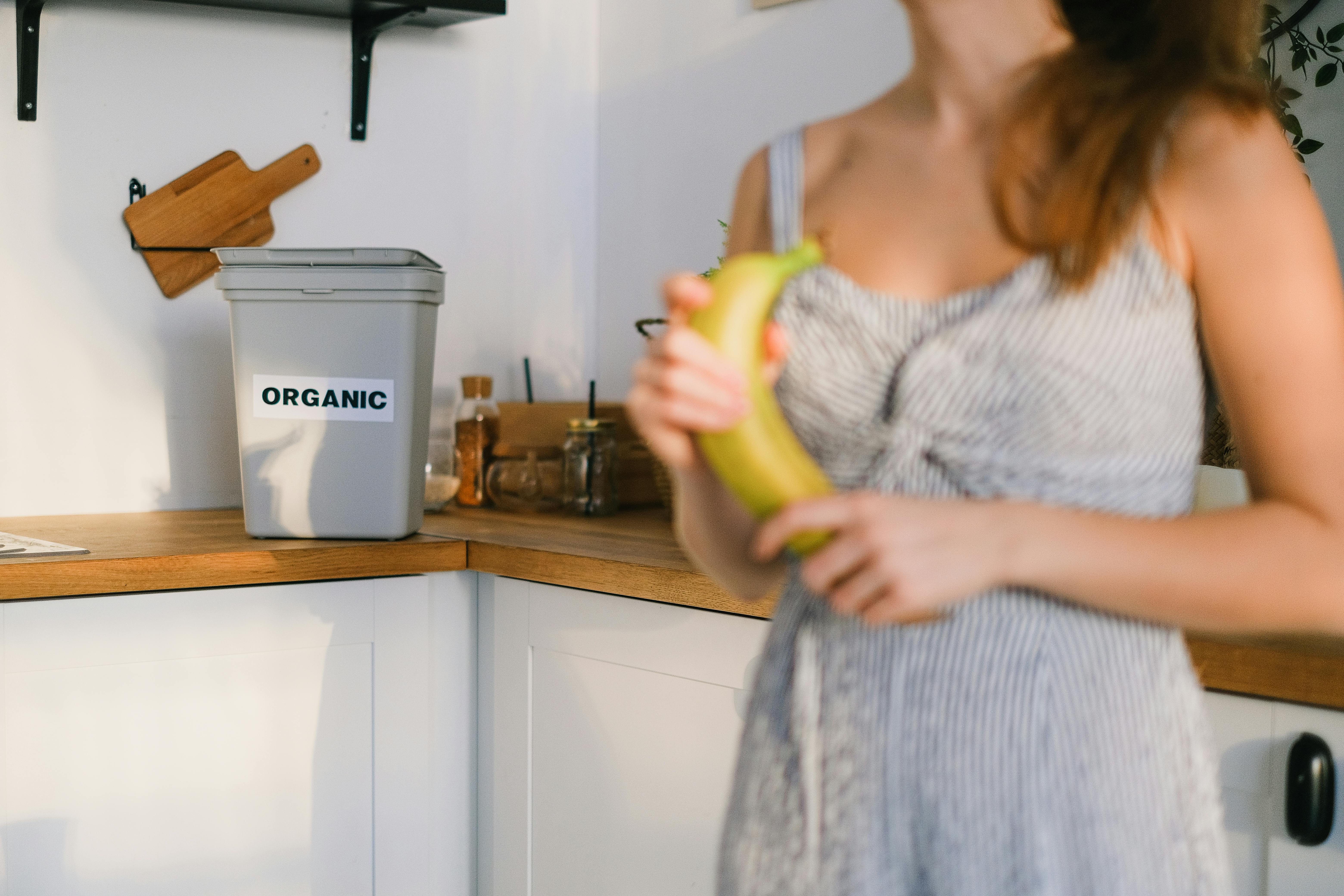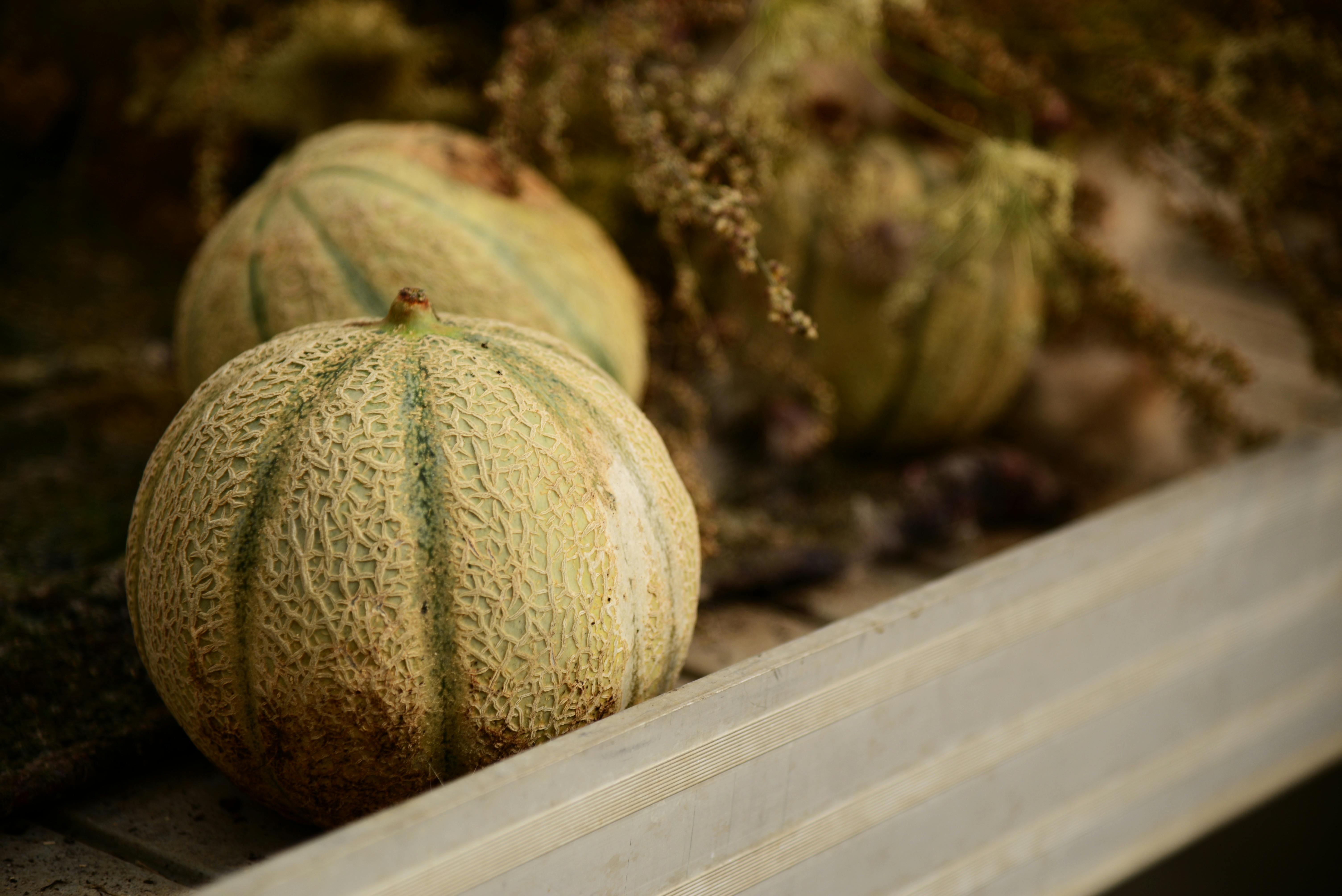Composting
Composting is a process of decomposition of organic material into a humus-rich soil amendment known as compost. This process occurs naturally in nature, but can be accelerated with the help of humans. Composting involves the breakdown of organic matter such as food scraps, yard waste, and other plant materials in order to create a nutrient-rich soil amendment that can be used to improve soil structure and fertility. The end result of composting is a nutrient-rich material that can be used to fertilize plants, enrich soil, and reduce the need for chemical fertilizers. Composting also helps to reduce landfill waste by diverting organic materials from landfills where they would otherwise decompose anaerobically, producing methane gas.Composting is an easy and eco-friendly way to reduce waste while providing a valuable fertilizer for your garden and lawn. It requires little effort or expense on the part of the home gardener or landscaper, making it an attractive option for many gardeners and landscapers alike. Composting also has the added benefit of reducing the amount of greenhouse gases released into the atmosphere by diverting organic materials from landfills where they would otherwise decompose anaerobically, producing methane gas.
What are Fruit Stickers Made Of?
Fruit stickers are made up of a combination of materials, including paper, polypropylene, and adhesive. They act as labels on the fruit and help identify the product type, origin, and other information about the produce. The paper used to make fruit stickers is usually made from wood pulp or cotton linters, while the adhesive is an acrylic-based material that bonds quickly and securely to the fruit. The polypropylene layer provides a waterproof barrier to ensure that the sticker remains intact even when exposed to moisture.When making fruit stickers, it is important to use materials that will not damage or harm the environment. Paper-based stickers are more environmentally friendly than plastic ones because they break down more quickly in landfills. In addition, polypropylene is recyclable so it can be reused for other purposes after its useful life has ended. Finally, when selecting an adhesive for your fruit stickers, opt for a water-based product as this will be gentler on the environment than one containing volatile organic compounds (VOCs).
Is It Safe to Compost Fruit Stickers?
Composting is a great way to reduce waste and create nutrient-rich soil for gardens and other outdoor spaces. As composting becomes more popular, people are wondering if they can also compost fruit stickers. Fruit stickers are the small labels found on fruit that often contain information about the country of origin, variety, and other identifying features. While some composters claim that fruit stickers are safe to add to the pile, it is important to understand the potential risks before doing so.The primary concern with adding fruit stickers to a compost pile is that many of them contain plastic or wax coatings. These coatings can potentially release harmful chemicals into the soil as they break down, making them unsuitable for use in organic gardening or farming. Additionally, these coatings can prevent the sticker from breaking down completely in a compost pile, meaning that they could end up in finished compost and be inadvertently spread around plants or gardens.
It is important to note that not all fruit stickers contain plastic or wax coatings. Some are made from paper or cardboard and are much less likely to contain harmful chemicals or persist in a compost pile. If you do choose to add fruit stickers to your compost pile, it is best to remove any plastic or wax coatings before doing so. This will help ensure that no harmful chemicals are released into your soil and that the sticker breaks down properly over time.
In conclusion, while some types of fruit stickers may be safe for composting, it is important to take into account any potential risks before adding them to your pile. Always check for plastic or wax coatings on the sticker before adding it and remove any such materials if present. By doing this, you can ensure that your compost remains safe and healthy for use in organic gardening projects!
Composting Fruit Stickers
Composting fruit stickers is a great way to reduce waste and create valuable compost for use in gardens and fields. Composting fruit stickers is easy and can be done at home without the need for special equipment or expensive materials.One of the main advantages of composting fruit stickers is that it reduces the amount of waste that goes into landfills. Fruit stickers are made from cardboard, paper, and other biodegradable materials, so they can easily be broken down into valuable compost that can be used in gardens and fields.
Another advantage of composting fruit stickers is that it helps to improve soil quality. Compost helps to add organic matter to soils, which helps to improve the soil’s ability to hold water and nutrients. This can help plants grow better, leading to healthier crops and better yields for farmers.
Composting fruit stickers also helps reduce air pollution by reducing the amount of methane gas released into the atmosphere when organic waste decomposes in landfills. Methane gas is a greenhouse gas that contributes significantly to global warming. By composting fruit stickers, we can help reduce this harmful gas from entering the atmosphere.
Finally, composting fruit stickers can also help reduce water pollution by keeping organic materials out of streams and rivers where they could cause contamination. Composting these materials allows them to break down safely without polluting our waterways or endangering wildlife habitats.
Overall, there are many advantages to composting fruit stickers rather than throwing them away in landfills. By composting these items, we can help reduce waste, improve soil quality, reduce air pollution and water pollution, and protect wildlife habitats all at the same time.

Advantages of Composting Fruit Stickers
Composting fruit stickers can be an effective way of recycling them, diverting them from the landfill. It is also a simple and cost-effective way to reduce waste. Composting fruit stickers helps to break down the material into usable compost, which can then be used as fertilizer or soil conditioner. This reduces the need for chemical fertilizers and helps maintain healthy soil. Additionally, composting fruit stickers can also reduce methane emissions from landfills, which is beneficial for the environment. Finally, it can provide additional nutrients to plants and crops, promoting healthier growth.Disadvantages of Composting Fruit Stickers
The process of composting fruit stickers may require specific equipment such as aerators and mixers to ensure that the compost is properly mixed and broken down into usable material. Additionally, there may be a need to regularly turn and mix the material in order to prevent odor and fly infestation. Furthermore, some composts may contain harmful chemicals or pesticides which could contaminate crops if not properly managed. Lastly, some composts may require additional materials such as manure or wood chips in order to balance out their nutrient levels.How to Properly Dispose of Fruit Stickers
Fruit stickers are necessary for properly identifying and keeping track of the many types of fruit that are grown around the world. However, once you’ve purchased your fruit, it’s important to dispose of these stickers in an environmentally-friendly way. Here are some tips on how to properly dispose of fruit stickers:The first step is to remove the sticker from the fruit. Make sure to do this carefully so that you don’t damage or tear the sticker. Once it has been removed, place it in a paper bag or envelope and seal it shut. This will ensure that no small pieces of the sticker can escape and end up in our waterways or environment.
Once you have removed and sealed all the stickers, you can then recycle them. Most stickers, including those found on fruits, are made of paper and can be recycled with other paper products such as newspapers or magazines. However, if your local recycling program does not accept paper products for recycling, then you can also opt to compost them instead. Composting will help break down the material into beneficial nutrient-rich materials for your garden or yard.
Finally, if neither recycling nor composting is an option for you, then another way to properly dispose of fruit stickers is by throwing them away in a trash bin. If possible, try to find a compostable trash bag that isn’t made from plastic which will help reduce environmental pollution associated with plastic waste disposal.
By following these simple steps on how to properly dispose of fruit stickers, you can help protect our environment from unnecessary waste and pollution caused by throwing away these small pieces of paper.
Are Fruit Stickers Used on Fruit From Fruit of the Loom?
Fruit stickers are often a point of curiosity for shoppers. Many wonder if these stickers come from brands like Fruit of the Loom. Interestingly, fruit of the loom origins trace back to textile manufacturing, not fruit production, indicating that the two are entirely unrelated despite the similar names.
The Impact of Composting on the Environment
Composting is a natural process that recycles organic material into a nutrient-rich soil amendment. This process helps reduce the amount of waste sent to landfills and has a positive impact on the environment. Composting helps conserve water, reduce air pollution, and improve soil quality. It also offers many other benefits, such as providing food for wildlife and reducing greenhouse gas emissions. By composting, we can help protect our environment and conserve our natural resources for future generations.Composting helps reduce the amount of waste that goes to landfills by breaking down organic material into a nutrient-rich soil amendment. This reduces the need for chemical fertilizers which can be harmful to the environment. Composting also helps prevent pollutants from entering our waterways, which can cause problems with water quality.
Composting helps conserve water by allowing water to be absorbed by the soil rather than running off or evaporating away. This helps maintain moisture levels in the soil and prevents water runoff which can cause erosion and pollution downstream. Compost also improves soil structure, making it easier for plants to absorb nutrients from the soil more efficiently.
Composting also plays an important role in reducing air pollution by capturing carbon dioxide from the atmosphere and storing it in organic matter in the soil. This reduces the amount of greenhouse gases released into the atmosphere, thus helping fight climate change. Compost also provides food for wildlife such as earthworms, birds, insects, small mammals, reptiles and amphibians that are beneficial to ecosystems.
In addition to these environmental benefits, composting is easy to do at home or on a larger scale with commercial facilities. Home composters can help reduce household waste while large-scale composters can divert organic material from landfills while providing a valuable resource back into agricultural lands or urban parks. Compost is also used in gardening and landscaping projects as an effective way to enrich soils with essential nutrients.
Overall, composting has multiple environmental benefits that make it an important part of preserving our planet’s natural resources. By recycling organic materials back into nutrient-rich soil amendments we can help reduce air pollution, conserve water resources and improve soil quality while providing food for beneficial wildlife species.

Conclusion
Fruit stickers are not compostable in their own right. However, they are made from materials such as paper and adhesive that can break down in a composting environment. To ensure that the stickers do not survive the composting process, it is important to tear or shred them before adding them to the compost heap. This will help to speed up the breakdown process and make sure that the stickers do not end up in finished compost.Ultimately, fruit stickers can be added to a compost pile, but it is necessary to take the time to make sure that they have been sufficiently broken down before doing so. By following these steps, you can ensure that your fruit stickers will break down properly and help contribute to a healthier soil environment.


